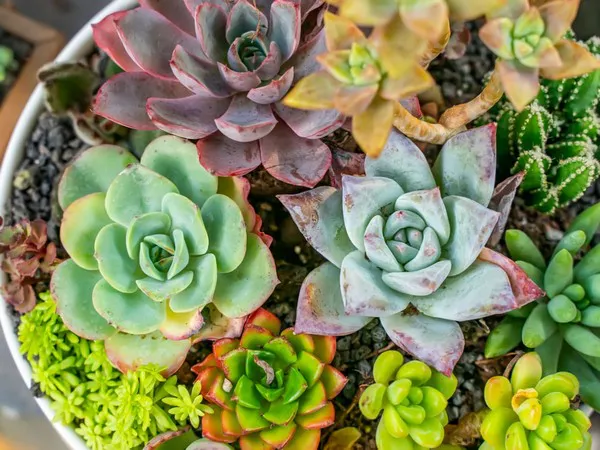Succulents have surged in popularity in recent years, captivating gardening enthusiasts with their unique shapes, vibrant colors, and minimal maintenance requirements. If you’re looking to expand your succulent collection or share the joy of succulent cultivation with friends, rooting succulent cuttings is an excellent way to propagate these resilient plants.
Understanding Succulents
Before delving into the propagation process, it’s crucial to have a basic understanding of succulents. These fleshy plants, known for their ability to store water in their leaves, stems, and roots, come in various shapes and sizes. From the popular Echeveria to the hardy Aloe Vera, succulents thrive in well-draining soil and sunlight-rich environments.
Choosing Succulent Cuttings
When selecting succulent cuttings, opt for healthy, disease-free stems or leaves. Ensure that the cutting is at least 2-3 inches long, as this provides ample material for successful propagation. The cutting should be taken from a mature plant, as younger specimens may not have the energy reserves necessary for root development.
Preparing the Soil
Succulents demand well-draining soil to prevent waterlogging and root rot. Create a suitable potting mix by combining cactus mix with perlite or sand. This blend provides the perfect balance of aeration and moisture retention for succulent cuttings. Remember to highlight the importance of the right soil composition for succulents in this step.
Trimming and Callousing
Once you have selected your succulent cuttings, trim them cleanly using sharp, sterilized scissors or pruning shears. Remove any excess leaves at the base of the cutting. After trimming, allow the cuttings to air dry for 1-2 days to form a callus. This callusing step prevents moisture-related issues during the rooting process and is a critical factor in succulent propagation success.
Planting Succulent Cuttings
After callousing, it’s time to plant your succulent cuttings. Create a small hole in the soil with a pencil or stick, and gently insert the callused end of the cutting into the hole. Ensure that the cutting is planted deep enough to provide stability but not so deep that the leaves touch the soil. Space the cuttings adequately to allow for proper airflow, reducing the risk of fungal infections.
Watering Succulent Cuttings
Proper watering is crucial during the initial stages of succulent rooting. Use a spray bottle to mist the soil lightly, keeping it consistently moist but not waterlogged. Emphasize the importance of avoiding overwatering, as succulents are prone to root rot in excessively wet conditions. A light misting every 2-3 days is generally sufficient until roots develop.
Providing Adequate Light
Succulents thrive in bright, indirect light. Place your newly planted succulent cuttings in a location with ample sunlight, but shield them from harsh afternoon sun, which can scorch the delicate leaves. Gradually acclimate the cuttings to direct sunlight over a week or two to prevent sunburn.
Monitoring Root Development
Patience is key when rooting succulent cuttings, as visible root development takes time. Encourage readers to resist the temptation to disturb the cuttings by checking for roots too soon. After a few weeks, gently tug on the cuttings—if you feel resistance, roots have likely formed. Alternatively, carefully lift a cutting to inspect the root system without causing damage.
Transplanting Rooted Succulents
Once the succulent cuttings have established a robust root system, it’s time to transplant them into individual pots or the garden. Choose containers with drainage holes to maintain the well-draining environment crucial for succulent health. Provide a top dressing of gravel or pebbles to enhance aesthetics and reduce moisture around the base of the plants.
Caring for Rooted Succulents
Succulents, even rooted ones, require minimal care. Remind readers to continue providing bright, indirect light and to water sparingly. Over time, succulents will mature and may even produce offsets, further expanding your succulent collection. Share tips on fertilizing sparingly during the growing season and protecting succulents from extreme temperatures.
Troubleshooting Common Issues
In the journey of propagating succulent cuttings, gardeners may encounter challenges such as pests, diseases, or slow root development. Address common issues such as aphids, mealybugs, and fungal infections, providing solutions to mitigate these problems without harming the succulents.
Conclusion
Rooting succulent cuttings is a rewarding and straightforward process that allows gardeners to expand their succulent collections and share the beauty of these unique plants. By followingthese steps and understanding the specific needs of succulents, you’ll embark on a journey of successful propagation, witnessing the transformation of cuttings into thriving, resilient succulents that will bring joy and beauty to your garden.


